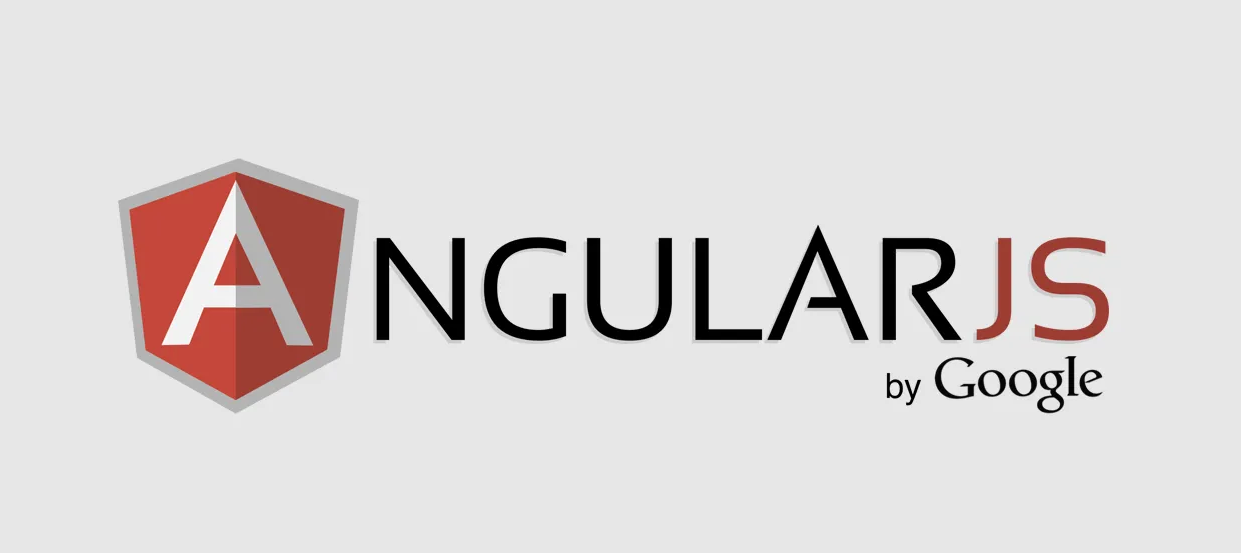One of AngularJS’s most powerful features is its data binding, which allows data to stay synchronized between the model and the view. In this article, we’ll explore data binding in AngularJS and how to use expressions to display dynamic content in your applications.
Table of Contents
- Understanding Data Binding in AngularJS
- One-Way vs. Two-Way Data Binding
- AngularJS Expressions
- Examples of Data Binding and Expressions
- Conclusion
Understanding Data Binding in AngularJS
Data binding in AngularJS is a process that synchronizes data between the model (JavaScript) and the view (HTML). It allows your application to update the view when the model changes, and vice versa. This reduces the need for manual DOM manipulation and enhances interactivity.
Data binding in AngularJS is one of its most distinctive features, enabling dynamic content rendering and automatic updates, making it easier to create interactive applications.
One-Way vs. Two-Way Data Binding
AngularJS supports both one-way and two-way data binding:
- One-Way Data Binding: Data flows only from the model to the view. Changes in the model update the view, but changes in the view do not affect the model.
- Two-Way Data Binding: Data flows both ways. Changes in the model reflect in the view, and changes in the view reflect back in the model, ensuring synchronization across the application.
AngularJS primarily uses two-way data binding, which helps keep data consistent across your app’s components.
AngularJS Expressions
Expressions in AngularJS are similar to JavaScript expressions but are more flexible and straightforward. AngularJS expressions allow you to bind data to HTML elements and perform simple computations.
Expressions are written inside double curly braces {{ expression }} and can include:
- Mathematical operations (e.g.,
{{ 5 + 10 }}) - Variables (e.g.,
{{ myVariable }}) - Function calls (e.g.,
{{ myFunction() }})
Unlike JavaScript expressions, AngularJS expressions do not support control flow statements (like if, for), and they automatically handle null and undefined values.
Examples of Data Binding and Expressions
Let’s explore data binding and expressions with a practical example. Here, we’ll create a simple application that displays and updates user information using two-way data binding.
Step 1: Project Setup
Set up the project structure as follows:
my-angular-app/
├── index.html
├── app.js
└── angular.min.js
Step 2: Define the Application in index.html
In index.html, set up the ng-app and ng-controller directives, and use AngularJS data binding to display user data.
<!DOCTYPE html>
<html ng-app="myApp">
<head>
<title>AngularJS Data Binding and Expressions</title>
<script src="angular.min.js"></script>
<script src="app.js"></script>
</head>
<body>
<h1>AngularJS Data Binding and Expressions</h1>
<div ng-controller="UserController">
<p>Name: <input type="text" ng-model="user.name"></p>
<p>Age: <input type="number" ng-model="user.age"></p>
<h3>User Information</h3>
<p>Hello, {{ user.name }}! You are {{ user.age }} years old.</p>
</div>
</body>
</html>
Explanation:
ng-model="user.name"andng-model="user.age"bind the input fields to theuserobject in the controller.{{ user.name }}and{{ user.age }}display the user’s name and age in the view.
Step 3: Define the Controller in app.js
In app.js, create a module and controller to handle the user data:
var app = angular.module("myApp", []);
app.controller("UserController", function($scope) {
$scope.user = {
name: "John Doe",
age: 25
};
});
Explanation:
$scope.useris an object that holds the user’s name and age. This data is synchronized with the view thanks to AngularJS’s two-way data binding.- Updating the input fields in the view automatically updates the data in the controller, and vice versa.
Conclusion
In this tutorial, we explored data binding and expressions in AngularJS. We learned about the difference between one-way and two-way data binding, how expressions work, and saw a practical example of how data binding enhances interactivity in AngularJS applications. In the next tutorial, we’ll delve into directives and filters, which allow for further customization and manipulation of data in your applications.

